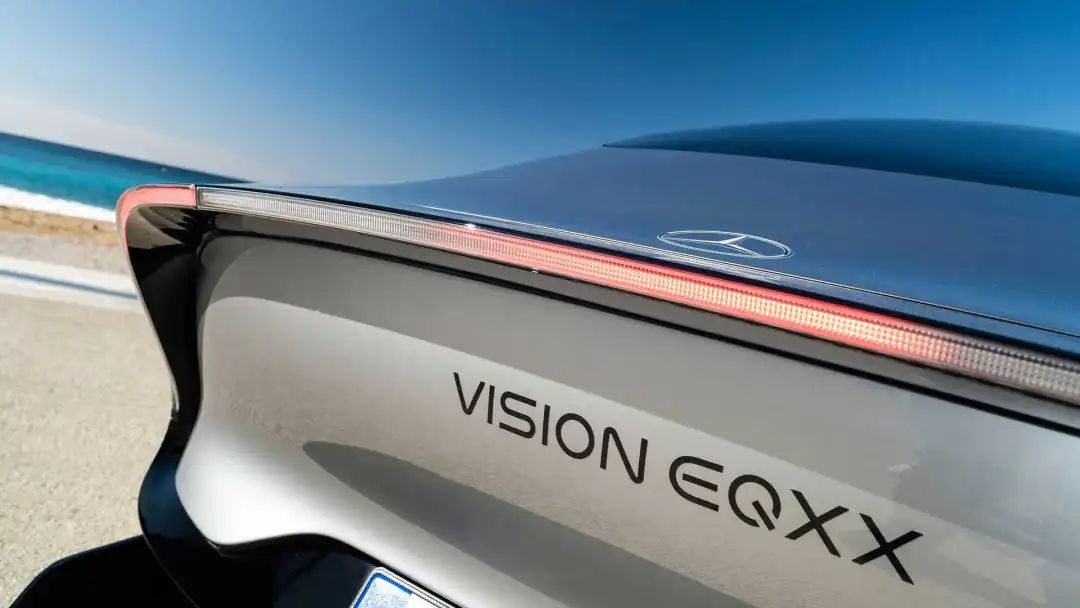Author: Michelin
“This is why we do what we do, to go further.” This slightly inspirational sentence is highly relevant when it comes to electric cars.
Since the birth of electric cars, how to achieve longer range has been the common goal of the entire industry. And at some point, “1000 kilometers” has become a “obsession” for electric cars. Although most fuel vehicles may not be able to travel 1000 kilometers with a full tank of gas, the “mileage anxiety” of electric car users is set at ease when the range exceeds 1000 kilometers.
It is precisely because of this “obsession” that 1000 kilometers has become a frequent highlight during product launches. However, whether it is NIO’s 150 kWh semi-solid-state battery with 1000 kilometers range, Guangzhou Automobile Group’s AION LX PLUS with 1008 kilometers range, or IM L7 with 1000 kilometers range, it brings not only surprise but also expectations. After all, it will take some time before products are delivered and we can see the actual range.
Therefore, when the Mercedes-Benz VISION EQXX concept car achieved a distance of over 1000 kilometers on a single charge in Europe last week, it was a truly shocking achievement.
Some may ask, “Do we really need a 1000 kilometer range?”
Before discussing whether we need it, let us first consider the question of “can it be done?” After all, only when something is achieved, do we have the freedom to choose.
For Range, Do You Know How Hard “It” Is Trying?
A few years ago, there was a popular joke in fandoms, “Do you know how hard my idol is trying?”
It may be difficult for us to perceive the amount of effort our idols have put in, but for the range of electric cars, every bit of effort pays off. Every improvement in technology is reflected directly in the energy consumption and range of electric cars, and numbers are the most straightforward way to measure it.
Recently, the Mercedes-Benz VISION EQXX concept car set off from Sindelfingen, Germany, with a top speed of 140 km/h and an average speed of 87.4 km/h, covering various road conditions such as highways, mountain roads, tunnels, and facing complex weather conditions such as wind, rain, and temperature differences, eventually arriving in Cassis, France.After a single charge, the journey lasted for 11.5 hours and traveled over 1000 kilometers. Upon reaching the destination, the remaining battery capacity was about 15%, equivalent to 140km of cruising range. Driving at such a high speed throughout the entire journey undoubtedly posed a significant challenge to the battery life in the most power-hungry highway conditions.
What efforts did EQXX make for this efficient journey?
Long cruising ≠ stacking battery packs
When it comes to cruising range, power batteries are the first thing that comes to mind. After all, electric vehicles are not perpetual motion machines, and even the best energy-saving design cannot avoid relying on power batteries to drive independently.
At present, when it is challenging to achieve a qualitative leap in lithium battery energy density, the most direct means for long cruising is to “stack battery packs,” which is to increase the battery pack’s capacity and double the battery capacity, achieving the miraculous effect of great power output.
However, in reality, simply stacking battery packs increases vehicle weight, leading to the added battery capacity being consumed by the battery pack itself, sacrificing chassis space and overall vehicle agility, resulting in a net loss.
The VISION EQXX concept car is equipped with a power battery of nearly 100kWh. In terms of capacity, it is almost comparable to the brand new EQS’s battery capacity, but the battery pack is 50% smaller and 30% lighter – only weighing 495 kilograms.
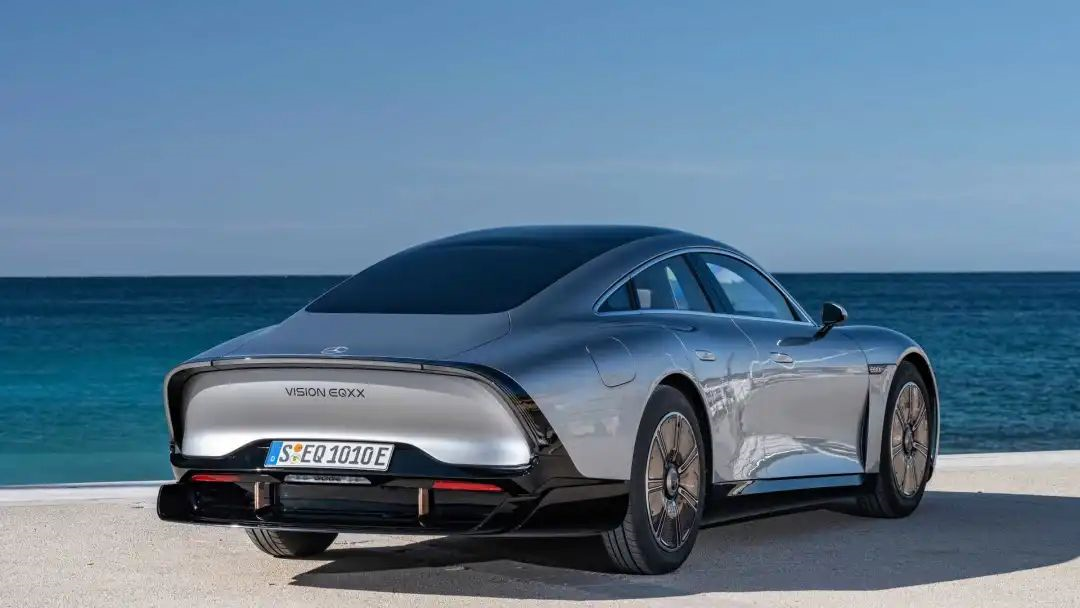
According to foreign media reports, EQXX’s battery pack may be jointly developed by Mercedes-Benz and CATL, using CTP 3.0 technology, which reduces the weight between battery pack modules, while high-silicon-content anodes are used to increase energy density to over 400kW/L, realizing the compression of volume and weight. The active battery balancing function can also ensure that energy is evenly drawn from each battery to improve efficiency during cruising.
Improving energy density by increasing the silicon content of battery electrodes is not just a method employed by Mercedes-Benz. The 150kWh semi-solid state battery released by NIO earlier used inorganic pre-lithiated silicon-carbon negative electrodes to achieve an energy density of 360Wh/kg. Tesla’s 4680 battery is also using high-nickel and silicon-based negative electrode routes to achieve a breakthrough in lithium battery energy density. “Silicon doping to compensate for lithium” is the main method for lithium batteries to improve energy density at present.
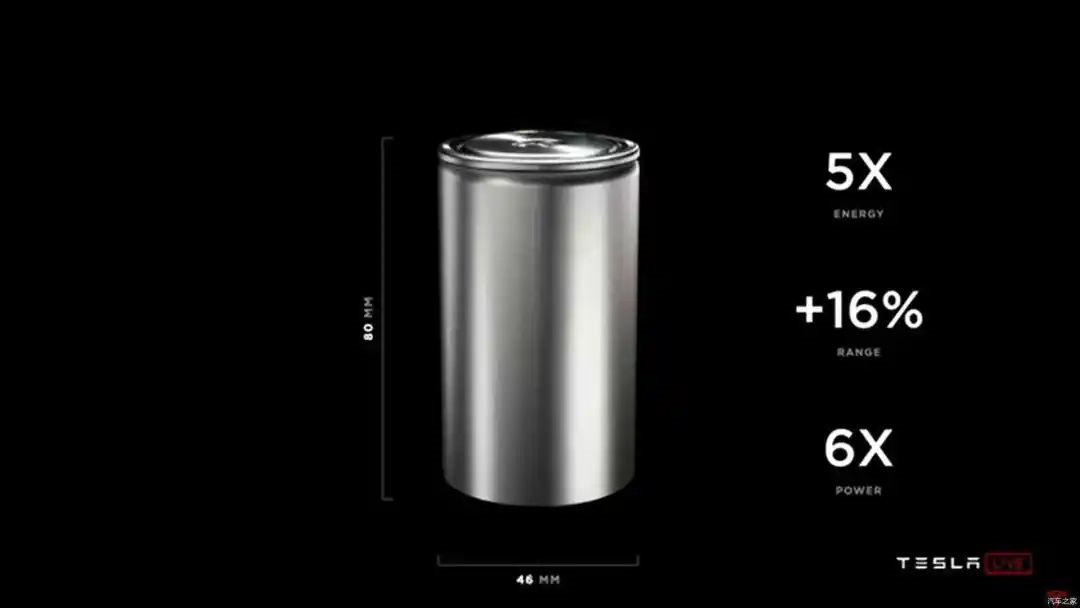
With the gradual implementation of high-silicon-content lithium batteries, it is believed that the cruising range of electric vehicles will see significant breakthroughs in the future.EQXX has made great efforts in improving the energy density of the power battery while also focusing on the three-electric system. For example, the electric drive unit of the VISION EQXX concept car consists of an electric motor, a transmission, and power electronics, which are jointly developed by Mercedes-Benz and High Performance Powertrains (HPP), an F1 expert, with a peak output power of 180 kilowatts and able to directly transfer up to 95% of battery energy to the wheels. In order to maximize the range, Mercedes-Benz engineers have successfully reduced the losses of the transmission system (electric motor, inverter, and transmission) of the VISION EQXX concept car by 44%, which is coupled with 900V high-voltage pure electric technology.
Black technologies for reducing energy consumption
If increasing the battery capacity gives electric cars more capital to “waste” electricity, then reducing energy consumption requires the accumulation of subtle design details in the whole vehicle.
In the test, the overall energy consumption of EQXX reached 8.7 kWh per hundred kilometers. Tesla Model 3, XPeng P7, and other popular electric sedans have a cost of about 13.5 kWh per hundred kilometers, BMW iX3 has almost 14 kWh per hundred kilometers, and due to vehicle size limitations, the hundred kilometers cost of Mercedes-Benz’s EQS can reach up to 20 kWh. EQXX’s energy consumption was 10 kWh per hundred kilometers when it was first released, but it is even lower in actual testing, which can be said to be “armed to the teeth” in order to achieve this target.
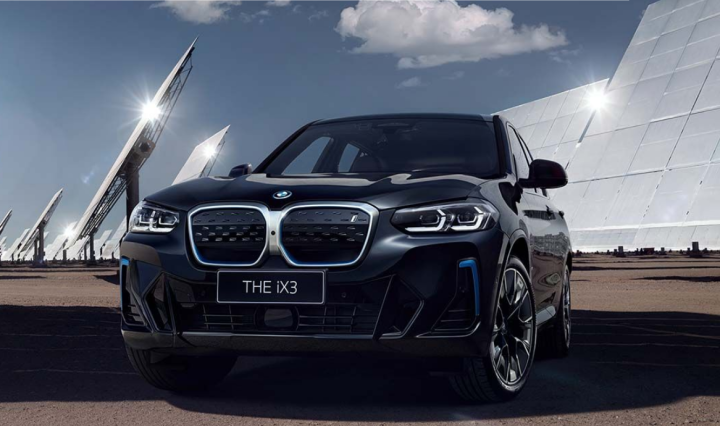
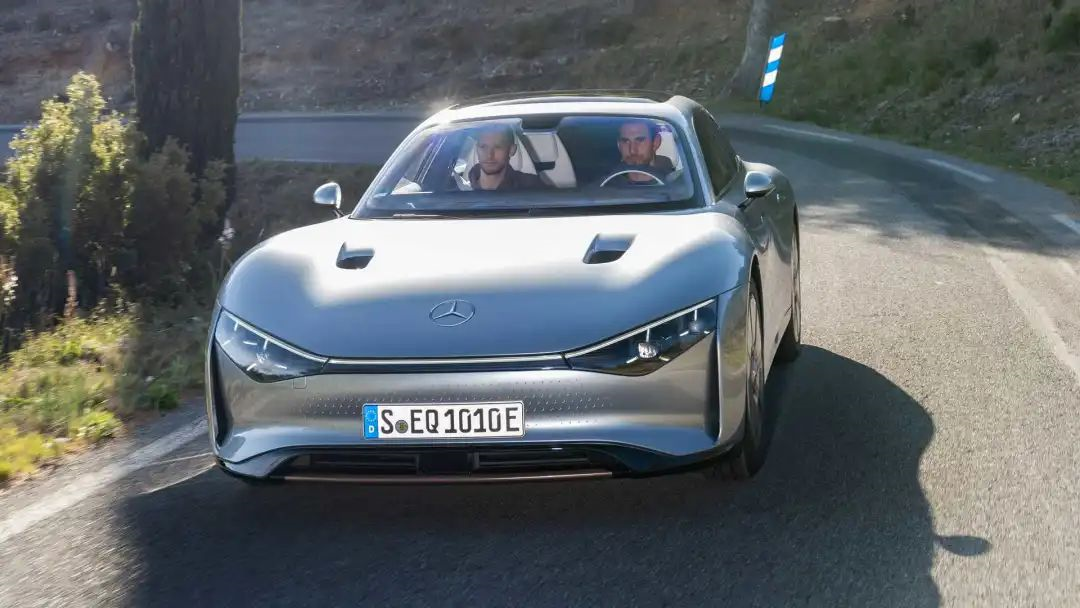
When it comes to reducing energy consumption, Volkswagen XL 1 cannot be ignored.
As a pioneer in ultra-energy-saving, Volkswagen XL 1 has the lowest drag coefficient of any mass-produced car, at 0.189, and an average fuel consumption of only 0.92L per hundred kilometers. In order to achieve ultra-energy-saving effects, Volkswagen XL 1 uses a large amount of carbon fiber materials to reduce vehicle weight, reduces drag through streamlined design, and at the same time lowers the center of gravity. Through the super-narrow tire design, most of the vehicle weight is supported by the rear wheels to ensure driving stability.
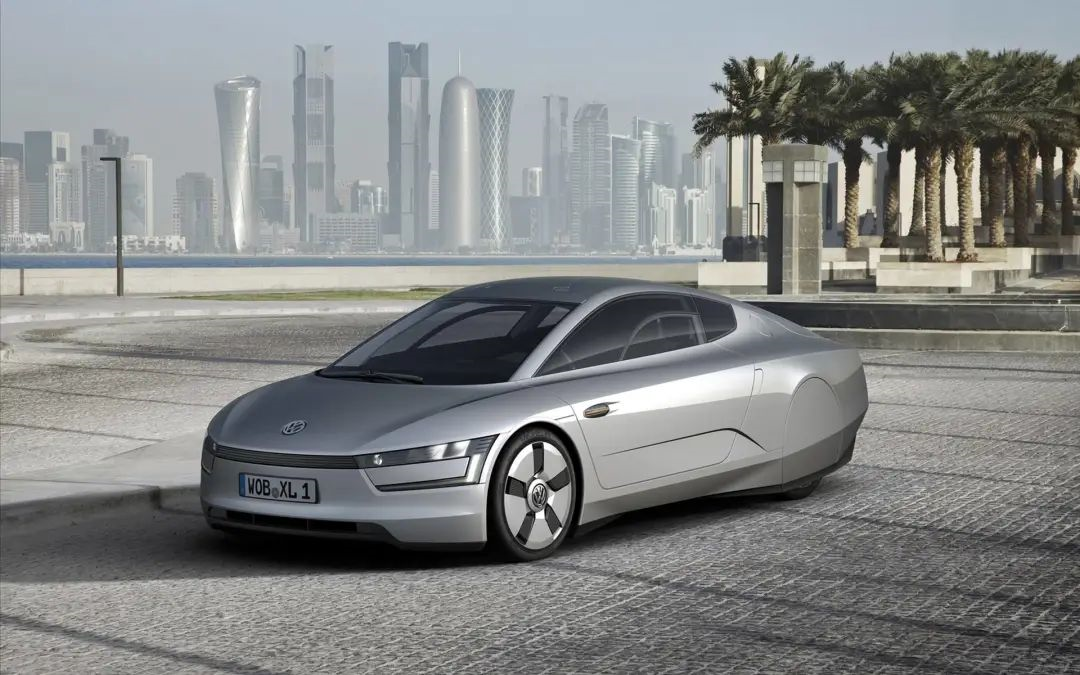
Fuel-consuming vehicles each have their own ways of consuming fuel, but energy-saving vehicles often have similar means to achieve their purpose. Similar to the fuel economy king Volkswagen XL 1, for the purpose of achieving extreme energy efficiency, EQXX has also done enough work in all aspects such as reducing drag, weight reduction, and tires.When the predecessor EQS of EQXX was unveiled, the impressive 0.2Cd drag coefficient caught everyone’s attention. It’s worth noting that drag is directly proportional to the square of speed, so the effect of drag on electric vehicles is even greater at high speeds. Some data indicate that for every 0.01Cd reduction in drag coefficient, the driving range of an EV can be extended by 5-8km. Building on the foundation of the EQS, the EQXX has its drag coefficient reduced to 0.17Cd, a decrease of 0.03C. To achieve this, improvements were made to the body lines, front face, wheel track, and even the tires.
The smooth and flowing roofline extends elegantly like a water drop to the rear of the car, while the ultra-low windward area of 2.12 square meters and compact rear track improve the aerodynamic performance. When the vehicle reaches 60 km/h, the active rear diffuser automatically opens to optimize airflow, significantly reducing the drag coefficient. Mercedes-Benz worked with Pirelli to reduce the rolling resistance coefficient of the VISION EQXX concept car’s tires to 4.7, further optimizing its energy efficiency.
The electric drive system of the VISION EQXX concept car generates almost no waste heat. The heat sink installed on the vehicle’s underbody balances temperature through airflow, adding approximately 20 kilometers of driving range.
While reducing drag, weight reduction is also carried out simultaneously. The VISION EQXX concept car has an unloaded weight of only 1755kg. In addition to the high-energy-density power battery with a weight of only 495kg mentioned earlier, the body also used weight reduction technology inspired by F1 racing, featuring sustainable carbon fiber-sugarcane composites. The BIONEQXXTM rear underbody casting uses an integrated aluminum casting process, reducing the weight resulting from the connection of multiple components by 20%.
By reducing drag and weight, EQXX can reduce energy consumption to the utmost extreme while adopting off-the-beaten-track measures to prolong driving range.
Those Extra Tricks for “Immortality”
In a bid to save energy, EQXX has pushed the “open source” approach to its limit by increasing battery capacity and energy utilization rate while decreasing energy consumption. However, the VISION EQXX’s feat of completing a 1000 km long-distance journey was also backed by a range of additional measures.VISION EQXX concept car is equipped with 117 solar panels on its roof, which can charge the 12V battery system and provide power for navigation and other electrical needs. Although the conversion rate of solar power generation is limited, the generated electricity cannot directly drive the vehicle. With this additional energy supply, the electric power originally used for navigation and entertainment devices in the power battery is saved, indirectly extending the additional range by 25km.
During the 1000-kilometer journey, the VISION EQXX concept car also passed through a long downhill road, and further supplemented the range through energy recovery from the regenerative braking system. Using energy recovery to supplement energy may seem a bit unfair, after all, if you choose a downhill road for testing, the energy recovery system can make the range endless. However, for a journey lasting for 11.5 hours, where can you find such a long downhill road? The electric energy recovered by the braking system mainly increases the small amount of the range.
Whether it is the 1000-kilometer test of VISION EQXX, or the previous announcements of GAC AION, NIO, and IM claiming to achieve over 1000 kilometers of range, different opinions can be heard: do we really need a 1000-kilometer range? When the electric vehicle can run for 1000 kilometers, is there still range anxiety?
Indeed, most fuel vehicles cannot travel 1000 kilometers on one tank of gas, and few people have the need for long-distance travel in their daily lives. However, range, energy supplementation, and the fast charging and battery swapping systems are like “stockpiling” in the refrigerator. Although they may not be needed in ordinary times, they become synonyms for “security” at special times. The range, energy supplementation system, fast charging, and battery swapping systems are not mutually exclusive. For example, while VISION EQXX concept car has long-range capability, it also adopts a 900V high-voltage system, which reserves fast charging capabilities for future mass production models.
For automakers, improving range is a gradual attempt at technological innovation, whether it is by improving the energy density of power batteries, reducing energy consumption through design, or additional energy supplementation through solar panels. They are all striving to achieve a goal to the extreme. When the market needs it, these innovative technologies will become their stronghold.
FinallyThe 1000-kilometer test drive of VISION EQXX reminds me of the famous “Breaking2” marathon.
In the Vienna Marathon in 2019, the organizers selected the most suitable weather conditions, location, and professional pacers, and finally, Kipchoge became the first human to run a marathon within two hours. Some people may question the layout of that challenge, but no one will question Kipchoge’s ability, and no one will question the significance of “Breaking2” for the human limit. Because the challenge of limits requires all-round cooperation from favorable weather conditions, favorable locations, and ultimate technology.
Today’s electric vehicles are the same. “1000 kilometers” is a seemingly close but missed “benchmark” for mass-produced electric vehicles. Perhaps we cannot use 1000 kilometers in our daily lives, but we cannot deny its significance for electric vehicles. Perhaps these technologies have been repeatedly verified in the laboratory, but from the laboratory to the concept car, from the concept car to the actual test road, they still need to go through countless bumps.
As a result, when the VISION EQXX concept car completed a single charge of 1000 kilometers journey, it was not only an energy-efficient journey, but also showed us the extreme that traditional car companies can achieve for a goal. As a concept car, VISION EQXX carries not only a concept but also the persistence of technological innovation, which is the original intention of the automotive industry to verify theory through actual actions.
Perhaps one day in the future, when the mass-produced EQXX is finally produced, some of today’s exquisite designs may not appear on the mass-produced cars. Factors such as driving habits and environmental climate will also affect the actual range of mass-produced cars, but this cannot deny their value. They are the exploration of electric vehicles on the road to continuous growth.
Maybe in a few years, there will be one after another mass-produced car with a range of 1000 kilometers, but we will remember the breakthrough of “zero” in the first test, just like we remember the birth of the first internal combustion engine car.
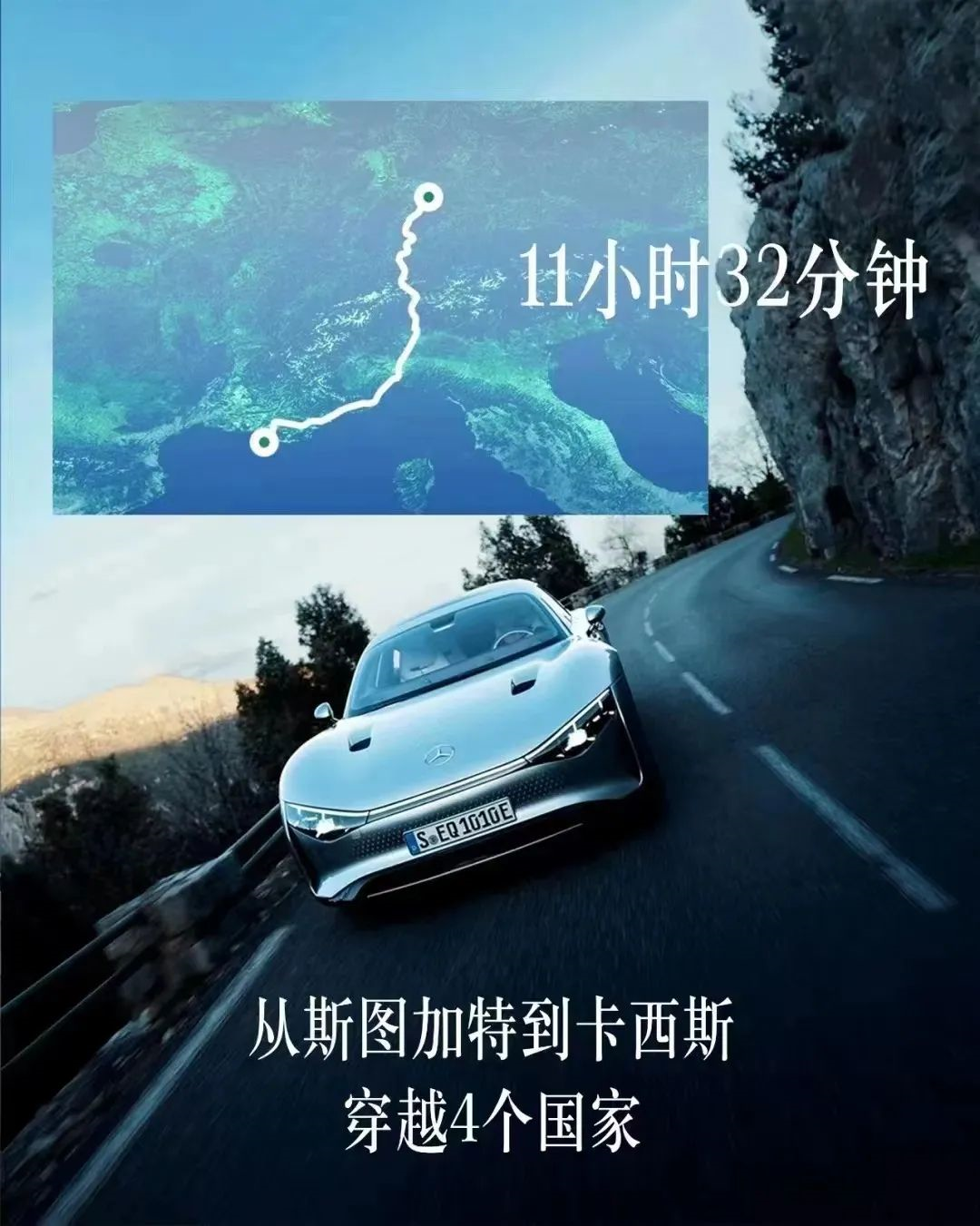
This article is a translation by ChatGPT of a Chinese report from 42HOW. If you have any questions about it, please email bd@42how.com.
